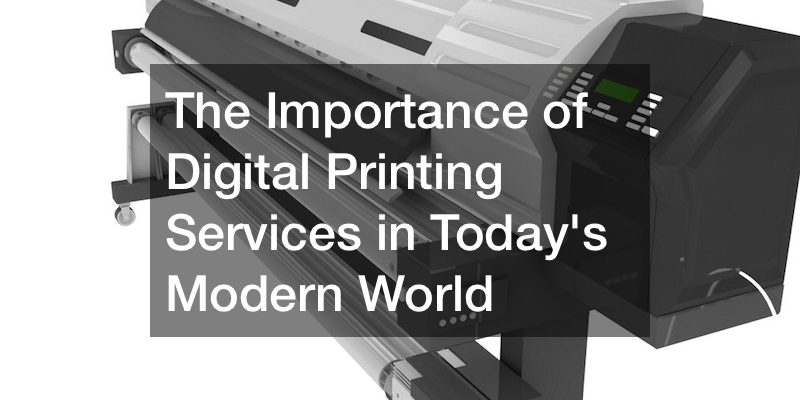
It is fair to say that we live in a wired world, as more people than ever across the world are using electronic devices for both work and leisure. Some are wireless, such as laptops and cell phones, and can be used nearly anywhere while sending and receiving signals. These are convenient devices, but they have not made cables such as bulk USB cables, 500 ft ethernet cable, or 100 ft HDMI cables obsolete. Rather, these cables are best used for electronic devices that stay indoors, and in many cases, a 500 ft ethernet cable or other ethernet cables are more practical for an internet connection, not less. Cat5 cables, cat6 cables, and the like can make for a secure and smooth connection to the Internet, and they may vary in length, too. Extended versions, such as 500 ft ethernet cables, can be bought at electronic goods stores for use in large buildings, and a large office may use 500 ft ethernet cables to connect desktop PCs to routers for internet access. How can cables be set up properly in the home or office today?
Cables for the Office
Most modern workplaces are using computers, whether a few laptops in a small business or dozens of desktop PCs in a large office building. Those computers are typically connected to data servers, the internet, and each other, and that calls for some cables. Yes, wireless connections are possible, and in a small business, that may be sufficient. But connecting dozens of PCs to the internet wirelessly is impractical in a large office, so IT professionals will get some cables on the scene. These workers may install a variety of cat5e and cat6e (extended length) cables in the office and plug them into PCs and routers, allowing these PCs to enjoy a secure connection to the internet at all times. Unlike wireless signals, which run the risk of getting interference, an ethernet cable can securely transmit data quickly with its four pairs of copper wires, and that is practical even for a huge office filled with PCs. Such cables can be threaded discreetly around the office so they don’t form tripping hazards, and they can even be threaded through the floor once holes are drilled.
Cables may extend to include fiber optic cables, too. Ever since the late 1980s, fiber optic cables have proven capable of transmitting large amounts of data at incredible speeds, using pulse of light that travel through thin glass tubes. An office manager may hire outside professionals to install bundles of such cables on their building, and these cables, once activated, allow for ultra-fast and smooth internet connections. Bonus “dark” cables are installed too, and they can be activated if any main cables malfunction. They may also become activated if the office’s internet usage expands in the future.
Cables in the Home
Cables are useful at the office, but they also have a place in ordinary households. If a computer isn’t using a wireless connection, then it’s plugged into an ethernet cable that is plugged into a router at the other end. These and many other cables are available for purchase at electronics goods stores, and often vary in length and color for convenience. Cell phones use cables too, such as lightning cables. Often coming in a smartphone’s packaging, such cables plug into the phone at one end and plug into a USB port at the other. This can connect a phone to a computer to recharge the battery and allow both devices to share data, and an adapter allows the cable to be plugged into a walls socket if desired.
A home entertainment system can be formed with cables, which can connect a variety of compatible devices. For example, an HDMI cable can connect a laptop, Blu-Ray player, or a game console to an HDTV or a digital projector for high-def visuals. A 4K cable, meanwhile, can be used on a 4K TV or computer monitor for ultra high-def visuals. Ethernet cables can connect a PC or a gaming console to the router for online video streaming and gaming, and other cables will connect everything to a sound system. Such cables should be arranges so that they are not a tripping hazard.
